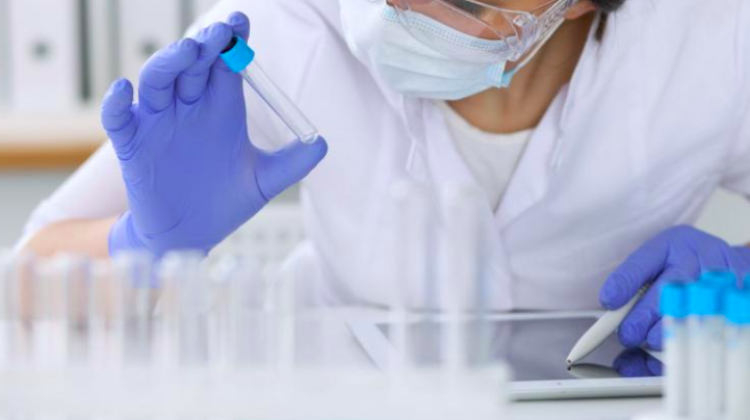Polish scientists create a new model for ovarian cancer research
 Photo: Fotolia
Photo: Fotolia
Polish scientists have created a new model for preclinical studies of the most common and most dangerous type of ovarian cancer. They hope that it will help better understand this cancer and search for new effective drugs.
According to the National Cancer Registry, ovarian cancer is the fifth most common cancer among women in Poland. The name is used to describe a number of disease entities. The most frequent and the most serious ovarian cancer is the high grade serous ovarian cancer, which accounts for about 70 percent of all cases.
"Meanwhile, it turns out that while this cancer should be the main goal of our research, there is practically no good model to conduct these studies" - says Dr. Katarzyna Lisowska from the Maria Sklodowska-Curie Institute - Oncology Centre (MSCI), branch in Gliwice.
In preclinical studies of tumours, the key are so-called cell lines: cell cultures undergoing constant division, selected from the tumour. They are the model scientists use to study the mechanisms that control the development of cancer and test candidates for new drugs.
"Most of the cell lines used today for ovarian cancer research were derived a long time ago, when it was not known that the different histological types of this cancer are actually separate disease entities. Therefore, it is very important to thoroughly describe the exact line" - explains Prof. Lisowska. "Now it turns out that it is not entirely clear, for example, which type of cancer the SKOV3, one of the most popular cell lines, comes from" - she adds.
Importantly, the Polish research group, in which Prof. Lisowska works, has managed to derive a completely new cell line of high grade serous ovarian cancer. The new line, named OVPA8, is described in the publication in the International Journal of Molecular Science (https://doi.org/10.3390/ijms19072080).
"We have been growing these cells for several years, since 2011. At this point, we already know that this line is immortalized, stabilized and whoever we send it to, will be able to grow it and experiment on it" - says Prof. Lisowska.
She adds that the derivation of a new cell line is not an easy task: although Polish scientists had material collected from eight patients at their disposal, only one line was successfully cultivated.
"Today`s cell culture techniques are inproving and it will become easier to derive these types of lines" - the researcher says - "but ours has an advantage over other lines: at this point it is already quite well characterized, and further research is underway. These cells are not +anonymous+, we already know, for example, what mutations occur in them and where, which is very important in the case of cancer cells. The line is also quite convenient to work on: it is stable and divides quickly".
Especially the stability feature may appeal to other scientists. According to Prof. Lisowska, the SKOV3 - a popular but badly described cell line - is also a "convenient" line. "It is easy to work with because these cells divide quickly and do not have high requirements. In turn, the lines that have been indicated as better models of high grade serous ovarian cancer are +difficult+: they do not want to form tumours, they grow slowly, they die in cultures" - the researcher emphasizes.
In the near future, the line derived by Polish scientists will be transferred to the European Collection of Authenticated Cell Cultures (ECACC), from where it will be made available to interested scientists. "We offer a new model for preclinical research - we hope, a better one than the previous models" - says Prof. Lisowska. She notes that this will be a real test for the line. "Such papers and such new lines appear from time to time, but only making it available in the international collection can verify whether the line is really as useful and convenient as I think it is" - the researcher smiles.
PAP - Science in Poland
author: Katarzyna Florencka
kflo/ agt/ kap/
tr. RL
Przed dodaniem komentarza prosimy o zapoznanie z Regulaminem forum serwisu Nauka w Polsce.















